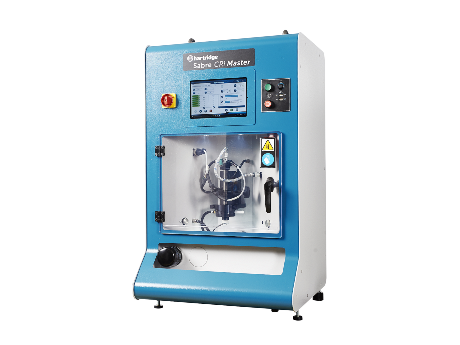CRi-PC

The Delphi Difference
-
100 years of OE experience, supplier to the world’s top automakers
-
OE heritage and knowledge built into every aftermarket part
-
Comprehensive portfolio for a wide range of vehicles and model years
-
Streamlined SKUs for easy inventory management
-
Support through tools, tips and training

Related product resources and downloads

Resource Highlights
Change within the automotive industry, and by association the aftermarket, is a constant. Advancing regulations, new market players, channel consolidation, shifts in consumer preferences, and emerging technologies, have altered the industry’s foundation. But when all the influences converge, and the pace at which they gain traction in the marketplace accelerates to breakneck speeds – that’s when change moves from evolutionary to revolutionary.
Welcome to 2020 and the future of the aftermarket. As a global pioneer in propulsion technologies, solutions and services, Delphi is at the leading-edge of many of these revolutionary changes, working to ensure you can keep pace with what’s today and tomorrow. With that in mind, here are some of the key influences we see shaping all our businesses in 2020.

It’s electrifying
Driven by increasingly stringent emissions legislation, government incentives, falling costs and improvements in both driving range and vehicle charging time, the number of hybrid and electric vehicles (HEVs) passed the 20 million mark globally in 2019. While that may seem small, recent announcements from some of the leading automakers outlining their plans for electrification could see a much bigger shift during the next decade. Indeed by 2025, up to 45 percent of global vehicle production will be electrified. Delphi is all geared to help aftermarket players seize 2020 as the year to start investing in the tools, training and know-how needed to service this emerging fleet. Getting ahead of this curve can only lead to future success.

ICE still key
While electrification is advancing, we don’t see a world filled only with battery-powered electric vehicles (BEVs) anytime soon. Internal combustion engines (ICEs) will remain key to many automaker go-to-market strategies, particularly in hybrid applications, co-existing alongside electrified powertrains for many years to come. As such, more than 80% of light duty vehicles sold in 2030 are still expected to have an ICE. But they won’t be the engines you know and love today. Gasoline direct injection (GDi) systems, with their emissions and fuel economy benefits, will emerge as the predominant ICE technology for passenger cars. And, while diesel-powered engines will remain tops for commercial vehicles, they too, will embrace advancing software, controls and electronics in order to further reduce their environmental impact. Workshops should move now to ensure they are prepared to service these increasingly sophisticated fuel powered vehicles.

Feet off! Paving the way for autonomous vehicles
Visionaries such as Elon Musk, predict autonomous vehicles will become commonplace. And while self-driving cars are certainly the goal with many automakers, widespread commercial availability is not expected in the coming decade. That said, by 2020, it’s expected that more than 40 percent of new vehicles sold will feature as standard at least two types of advanced driver assistance systems, or ADAS. With shorter maintenance intervals predicted longer term, and growing product complexity, this technology will change the way vehicles are serviced - technicians now need to recalibrate the system after any work or impact that may affect the camera’s position. This makes it an increasingly lucrative business opportunity for workshops of all types.

It’s all in the diagnostics
Today’s modern vehicles can have up to 50 computers embedded beneath their skin, all communicating with each other through tens of millions of lines of computer code. By 2020, this will be closer to 300 million lines. These advances mean that diagnostics will touch even the most basic of routine repairs, from fitting a new air filter to replacing a set of wiper blades. With the global on-board diagnostics market projected to exceed $1.5 billion by 2024, diagnostic tools and the ability to pinpoint repairs is now a necessity for any technician and a growth opportunity for any business.

Bank on us to generate new business for garages
For aftermarket businesses that embrace these changes, the opportunities are substantial. And that’s where we can help. We will bring our pioneering OE technologies, such as our 500 bar+ GDi system, to the aftermarket, as soon as they are needed. And we will open up access to the latest vehicle technologies with expert diagnostic and test equipment, technical support and training – ensuring technicians have everything they need to perform an OE quality, best practice repair.
Offering the best of both worlds – a rich OE heritage and innovative aftermarket solutions – Delphi is ideally positioned to help meet the needs of this rapidly changing and increasingly complex market.
To find out how we can help you capitalize on the changes ahead, visit our Resource Center.

Visit our Technician Library for access to Documents and Downloads
Get in touch
The full Delphi Hartridge product range

Find out where to buy Delphi parts













